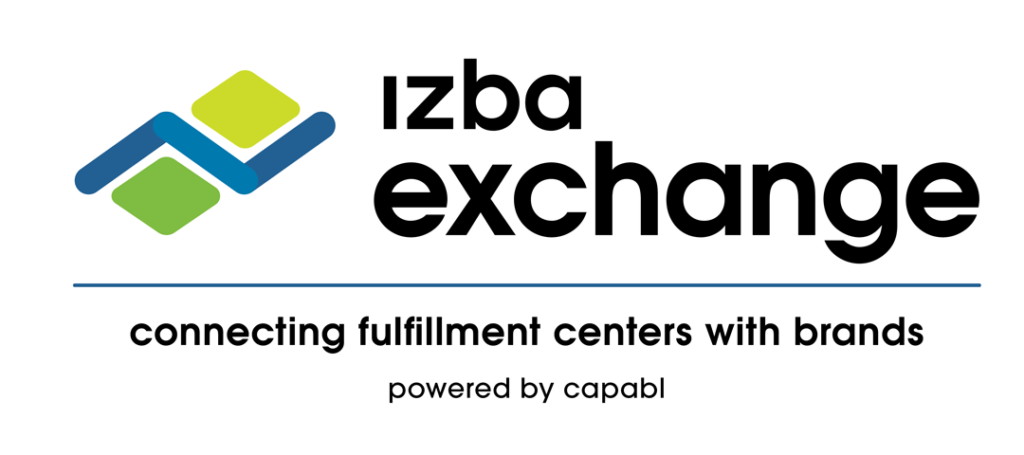Expanding into new markets or launching new product lines can be exciting milestones for any brand—but they’re also moments filled with risk. Whether you’re looking to enter new geographic regions or expand into additional sales channels, a thoughtful approach to logistics, supply chain management, and compliance is essential.
At Izba, we help brands think through these complexities, and today we’re sharing key considerations to help you de-risk these moves.
1. Identify Single Points of Failure
Before expanding, spend time identifying your single points of failure and hypothesizing what you would do if something broke. This applies to everything from supply chain partners and key SKUs to critical technologies. Pressure-test each component of your fulfillment, transportation, and manufacturing processes. What happens if a supplier goes dark? What if demand surges beyond forecast? Having contingency plans will give you confidence in scaling.
2. Start Small: Focus on Hero SKUs
When entering a new market, avoid launching with your entire product catalog. Focus on your hero SKUs. Testing the waters with your best-performing products helps you limit risk while gathering data. This approach allows you to learn what resonates and make adjustments without tying up excessive capital or warehouse space.
3. Understand Product-Market and Regulatory Fit
Insights from the team at Slotted highlight that it’s not just about product-market fit—it’s also about regulatory and physical fit. They share cautionary tales:
In one case, a brand entered a market without fully evaluating packaging criteria for labeling and materials. The assumption was that existing inventory could be repurposed, but regulatory requirements proved otherwise.
In another example, a brand brought its hero SKU—a Brita-style water pitcher—into the UK and Germany, confident it would sell well. However, they hadn’t checked if the product fit inside the smaller European refrigerators. It didn’t, at least not consistently. This oversight cost time and money.
These stories underscore the importance of deep market research. Always ask: Are there packaging, labeling, or product configuration requirements that need to change?
4. Assess Tax and Compliance Implications
Expanding into new regions or channels isn’t just about selling; it’s about staying compliant. According to Zamp’s article on multichannel strategy and sales tax compliance, new channels often trigger new tax obligations and registration requirements. Brands need to factor in:
Economic nexus thresholds for each state or country
Product-specific taxability rules
Filing frequency and record-keeping requirements
If you plan to add multiple sales channels—like marketplaces or retail partnerships—ensure your tax setup is as scalable as your logistics plan.
5. Be Clear About Your Goals
Before expanding product lines or entering new markets, determine whether you’re aiming to gain market share or expand the market. The answer will inform your SKU selection, pricing strategy, and marketing investments. Chasing market share might mean aggressive promotions and channel saturation. Expanding the market often requires education, long-tail content, and patient brand-building.
6. Double-Check Physical Logistics
Finally, consider physical logistics. Are there local fulfillment partners who can meet service level agreements? Do you need regional warehouses to speed up delivery? Will customs clearance or port delays impact your inventory planning? All these factors must be accounted for before scaling.
Conclusion
Entering new markets and expanding product lines present enormous opportunities—but only if you do your homework. Start small, ask the right questions, double-check regulatory and physical fit, and plan for contingencies. And don’t forget to consult with experts in tax compliance, like the team at Zamp, who can help ensure your expansion doesn’t lead to surprise obligations.
At Izba, we help brands think through these big moves. If you’re considering expanding your product line or entering new markets, reach out. We’d love to help you pressure-test your plans.




